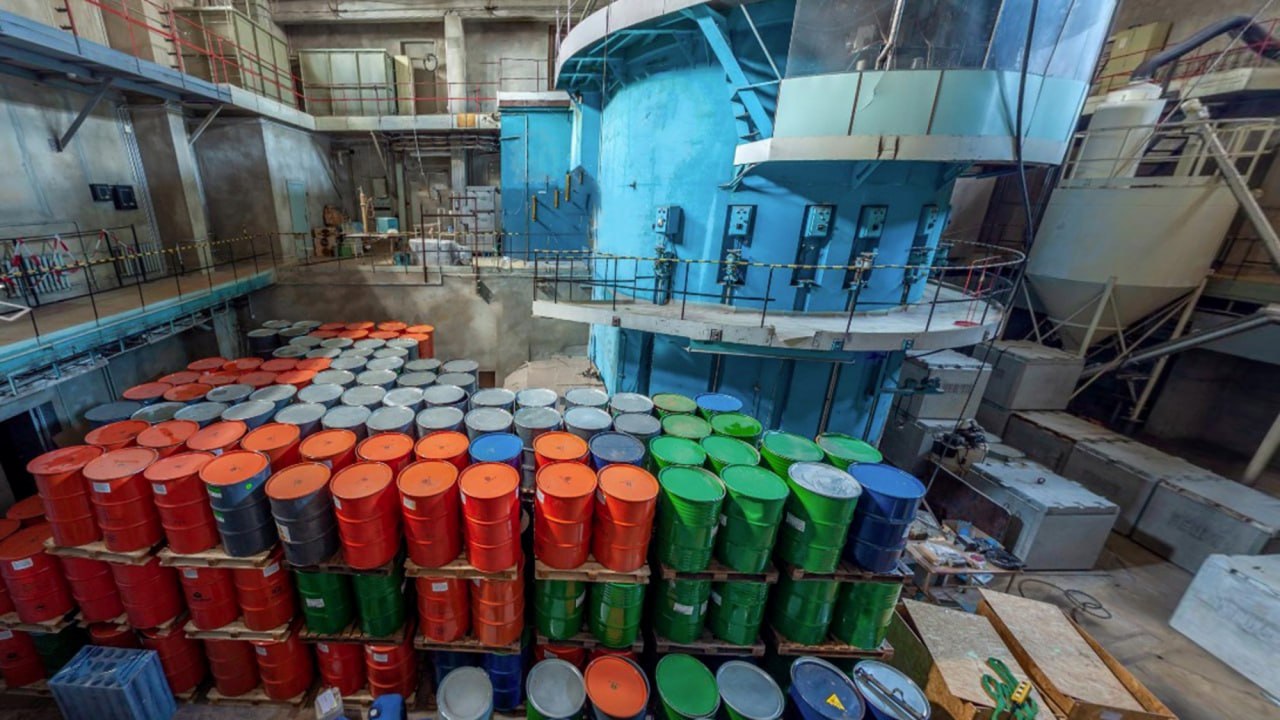
DECOMMISSIONING AND DISMANTLING OF SALASPILS NUCLEAR REACTOR
About

300 YEARS OF EXPERIENCE IN ONE PROJECT
PROJECT BRIEF
Latvia’s only nuclear reactor was launched in the 1960s in the city of Salaspils. This project became a growth point for science and outstanding scientists for Latvia and the Baltic States at the time. The reactor functioned stably and safely for 37 years (until 1998), and after that it was forced to suspend its work. Since then the reactor has been maintained by VSIA «Latvian Centre for Environment, Geology and Meteorology». The organization decided to decommission and dismantle the reactor to ensure a safe and environmentally friendly future for the country.
Planning the dismantling, packaging and delivery of radioactive materials and equipment to a special storage facility is a real challenge. But the experience of our team and the Ukrainian, Finnish and Lithuanian experts involved in this project has more than 300 years in total and allows us to carry out all the work at the reactor in the suburbs of the capital with care and safety.
PROJECT DETAILS
Timeline of key events in reactor operation:
| 1961 | The Salaspils basin-type IRT nuclear reactor was launched for the first time. |
| 1973–1974 | The reactor has been completely reconstructed. It received a new name — the IRT-M type reactor. |
| 1998 | The reactor operation has been stopped. Specialists began to prepare the facility for dismantling. |
| 2008 | The last fuel, fresh and spent, which was at the facility was exported. |
Given the background of the project, the team had two goals:
- To develop a project for decommissioning and dismantling of the reactor and all auxiliary systems. Auxiliary systems include specialized equipment, reservoirs and communications, as well as utility sewerage.
- To develop a plan for the treatment of premises and territories and the disposal of wastes already present at the facility and generated during the dismantling process. Among the reactor waste are radioactive substances, fuel and fuel oil.
At the first stages of the work — radiological studies of the building and territories — it turned out that the groundwater was contaminated with tritium, a radioactive isotope of hydrogen. It is important for us to protect the environment from the influence of reagents, so we continue to research. An additional stage of work includes studying the range of groundwater pollution and modeling the distribution of water to determine the risks of spreading pollution.
The dismantling of the reactor and auxiliary equipment continues. By the beginning of 2023, the cooling circuits, reactor protection systems and ionization chambers, experimental channels, scientific and experimental equipment and their biological protection were dismantled and removed to RAG Radons.
PROJECT OUTCOMES
Work on decommissioning the Salaspils reactor is still ongoing, it will be completed in 2023. But already now we can evaluate the project as socially significant and successful from the point of view of its technical implementation. The construction of the 60s no longer threatens the ecology of Latvia and the inhabitants of the surrounding territories: most of the equipment has already been dismantled and removed for disposal.